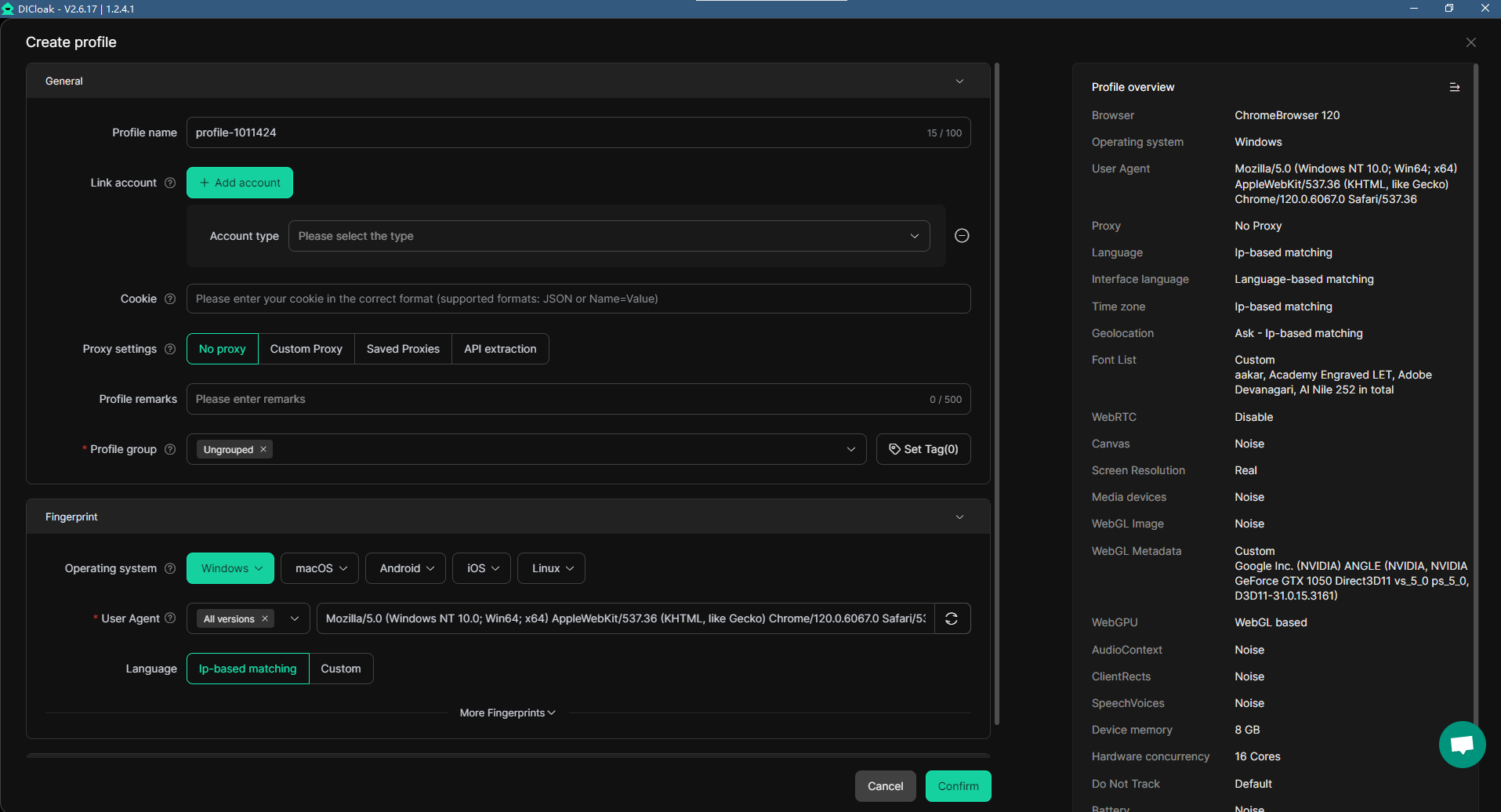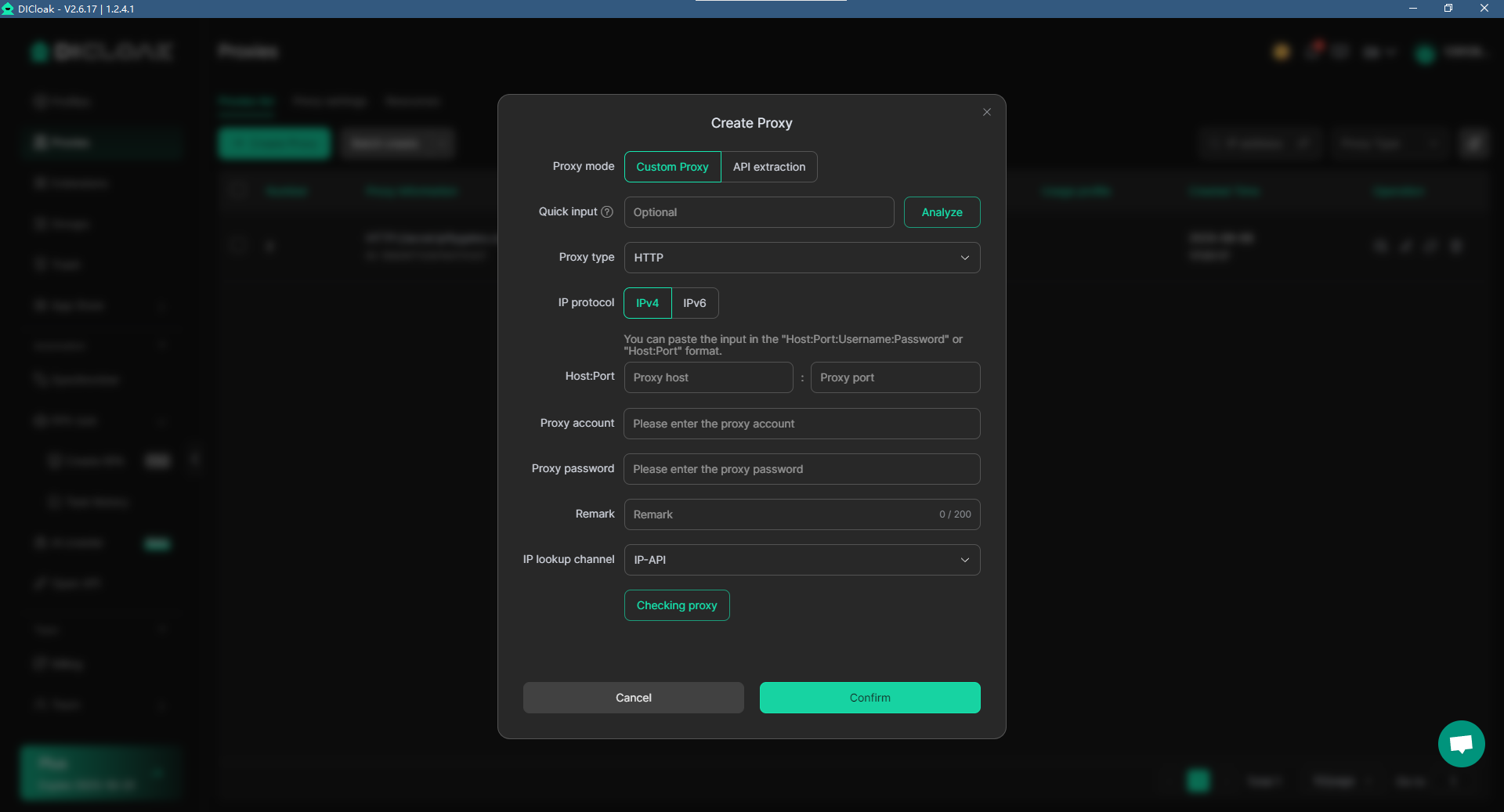Paywalls are becoming more common on websites, restricting access to premium content like articles, reports, and news updates. This can be frustrating, especially when you're trying to find important information. So, how to bypass paywall in 2025? Fortunately, there are several proven methods to help you access content for free, legally and safely.
Techniques like using browser settings, clearing cookies, or tools like the Wayback Machine can help you bypass these restrictions. In this guide, we'll explore the best methods for bypassing paywalls and discuss the legal and ethical considerations to ensure you're making informed choices. By the end, you'll know how to access valuable content without hitting a paywall.
What is a Paywall?
A paywall is a system that restricts access to online content unless the user subscribes or pays for it. Many websites, especially news outlets, use paywalls to generate revenue from their premium content. Understanding the different types of paywalls is important when figuring out how to bypass paywall restrictions.
- Hard Paywalls: These paywalls completely block access to content unless you pay for a subscription. For example, The New York Times and The Wall Street Journal use hard paywalls, meaning users can’t view any content without subscribing.
- Soft Paywalls vs Hard Paywalls: Soft paywalls allow limited access to content for free before asking for a subscription. For instance, websites like The Washington Post might let you read a few articles per month without paying. Once you hit your limit, you need a subscription to keep reading. Hard paywalls, on the other hand, offer no free access.
- Dynamic Paywall Technology: This type of paywall adapts to user behavior. Websites using dynamic paywalls might allow a few free articles but then start asking for a subscription after you’ve read several pieces. These paywalls are often used by sites that track how much content you view.
- Freemium Paywalls Explained: Freemium paywalls offer a mix of free and paid content. You might get access to basic content for free, but premium or exclusive content is locked behind a paywall. An example of this is Medium, where some articles are free, while others require a subscription.

Why Do Websites Use Paywalls?
Websites use paywalls for two main reasons: to earn money and to provide exclusive value to their readers.
- Generate Steady Revenue
Paywalls help websites make money by charging users to access premium content. This income allows websites to pay for things like writers, editors, and other staff. It also helps cover the costs of running the site. For example, The New York Times uses its paywall to fund its investigative journalism. Without paywalls, many websites would rely on advertisements or sponsors for income, which often leads to lower-quality content.
- Offer Exclusive Content
Paywalls create a sense of exclusivity. When users subscribe, they feel they are getting special access to high-quality content. This builds loyalty and trust. For example, The Washington Post offers in-depth articles and reports behind its paywall, which are not available to non-paying readers. This makes subscribers feel they are getting something unique and valuable.
Without paywalls, websites would struggle to maintain content quality. They might rely too much on clickbait or ads, which can be frustrating for readers. Paywalls help keep the focus on producing valuable, well-researched content that users are willing to pay for.
How to Bypass Paywall: Practical Methods
If you’ve ever encountered a paywall and felt frustrated, you’re not alone. Whether you're researching for work, chasing a breaking story, or just curious about a single article, here’s a short, practical guide on how to get through paywalls responsibly and efficiently. Luckily, there are several practical paywall bypass techniques that can help you access content without paying for a subscription. Here are some easy ways to bypass paywalls in 2025:
- Using Browser’s Reading Mode
- Clearing Browser Cookies and Cache
- Using Incognito or Private Browsing Mode
- Utilizing Web Archive Tools (e.g., Wayback Machine)
- Using VPN or Proxy Servers
- Installing Ad Blockers or JavaScript Blockers
- Using Browser Extensions Specifically for Paywalls
Legal and Ethical Considerations
While bypassing a paywall might seem like a simple way to access content, there are important legal and ethical considerations to keep in mind. Understanding these aspects can help ensure that you're acting within the law and respecting the rights of content creators.
The Legality of Bypassing Paywalls
- Is Bypassing Paywall Legal?
The legality of bypassing paywalls depends on your location and how you go about it. In many cases, using tools like VPNs or browser extensions to access paywalled content could violate the terms of service of the website. Websites often have legal protections in place, such as copyright laws, to prevent unauthorized access to their premium content.
- Paywall access laws vary by country, and what might be acceptable in one region could be illegal in another. For example, bypassing a paywall using VPN services may be legal in some countries but can be seen as a violation of terms in others.
- Legal risks of bypassing paywalls include potential fines or legal actions taken by content creators if they can prove copyright infringement. It's important to read and understand the terms of service of any site you're accessing to avoid legal consequences.
- Copyright and Paywall CircumventionCopyright laws protect content, and bypassing paywalls to access copyrighted material without permission could be considered infringement. This could lead to legal consequences for bypassing paywalls. If you use a method like a web archive or other tools to access restricted content, ensure that you are not violating copyright protections.
Ethical Considerations
- Ethics of Bypassing Paywalls
Even if bypassing a paywall isn’t necessarily illegal, it may raise ethical concerns. When you access content without paying for it, you are not supporting the creators who work hard to produce quality articles, reports, and videos. Many creators rely on subscriptions or paywall revenue to fund their work.
- Paywall bypass and creator revenue: By bypassing paywalls, you’re effectively taking away income that helps sustain content creation. Websites and content creators often rely on paywalls to support their operations, so it's important to consider the ethical impact on creators when deciding whether to bypass a paywall.
- Fair access to paid content ethically: It’s also important to consider whether accessing paywalled content for free is fair to those who subscribe and pay for that same content. Subscribing to a site is a way to ethically support creators and ensure they can continue producing valuable content.
- Impact on Content Creators
When users bypass paywalls, it can reduce the revenue that creators rely on to maintain their platforms. For example, news websites that depend on subscription models may see a drop in revenue if too many people access their content for free. This not only impacts creators but can also affect the overall quality of content available.
Alternative Ways to Access Content Legally
While how to bypass paywall methods are available, it's important to explore legal alternatives to access paywalled content. There are several ways to access valuable information without violating any terms of service or ethical guidelines. Here are some legal methods for accessing content:
- Free Trials and Subscription Discounts
Many websites offer free trials or subscription discounts for users who want to access paywalled content for a limited time. For example, websites like The New York Times often offer a 7-day free trial for new users, allowing you to read premium articles without paying.
- How to get paywalled content for free: Look for free trial paywall access methods to explore content without committing to a subscription. You can also use discount codes to reduce the cost of a subscription, making it more affordable.
- Search for Open Access Resources
Some content, especially academic papers and journals, is available through open access platforms. These resources allow free access to valuable research without a paywall. Websites like PubMed Central or arXiv provide access to thousands of research papers and articles that are not behind a paywall.
- Open access paywalled content: Searching for free scholarly articles online is an excellent way to find important content without a subscription. Many universities and institutions also offer open access to research articles through their websites.
- Accessing Paywalled Content with Discounts
For those who can’t find free access, many websites offer paywall access through trial subscriptions or discounted memberships. For example, platforms like The Washington Post may provide discounted annual subscriptions or special offers for students and educators.
- Best paywall discounts 2025: Take advantage of these offers to get the content you need without bypassing paywalls illegally.
Using DICloak for Enhanced Privacy and Paywall Access
While there are several methods to bypass paywalls, maintaining online privacy and security is equally important, especially when managing multiple accounts. This is where DICloak comes in. It’s an advanced anti-detect browser designed to provide top-notch privacy and security. Whether you’re accessing paywalled content or handling multiple accounts, DICloak ensures your browsing experience stays smooth and secure without triggering restrictions.
Key Features of DICloak:
- Profile Isolation and Fingerprint Customization: DICloak allows you to modify the fingerprints of your browser profiles. Each profile can have its own browser history, cookies, cache, and other data, ensuring that one account’s behavior does not affect others.

- Proxy Integration: DICloak supports multiple proxy protocols, including HTTP/HTTPS and SOCKS5, for real-time IP switching. You can choose different proxies to mask your real IP address and simulate requests from different locations. This is particularly useful when accessing paywalled content or managing multiple accounts simultaneously.

With DICloak, you can access content without worrying about paywall restrictions or account associations, all while keeping your online activities secure and private. This makes it an essential tool for anyone looking to bypass paywalls and maintain privacy at the same time.
Conclusion
In conclusion, while paywalls play a crucial role in helping content creators generate revenue, there are several legal and ethical ways to access paywalled content. Options like free trials, browser settings, and open-access platforms offer users practical methods to bypass paywalls. However, it’s essential to consider the legal implications and support content creators when possible. By understanding both the available methods and their consequences, you can enjoy valuable content while respecting the rights of publishers.
FAQ
- How do I bypass a paywall safely?
Use methods like incognito mode, clearing cookies, or enabling reading mode in your browser. These techniques help you access content without violating website terms.
- What are the best paywall bypass solutions for 2025?
The best solutions include using browser extensions like "Bypass Paywalls Clean," VPNs for region-specific paywalls, and tools like the Wayback Machine to access archived content.
- What are common paywall bypass methods?
Common methods include using browser reading mode, clearing cookies, VPNs, and web archives like the Wayback Machine.
- Are there any legal concerns when bypassing paywalls?
Yes, bypassing paywalls can sometimes violate a website's terms of service or copyright laws, so it's important to check the site’s rules before using these methods.